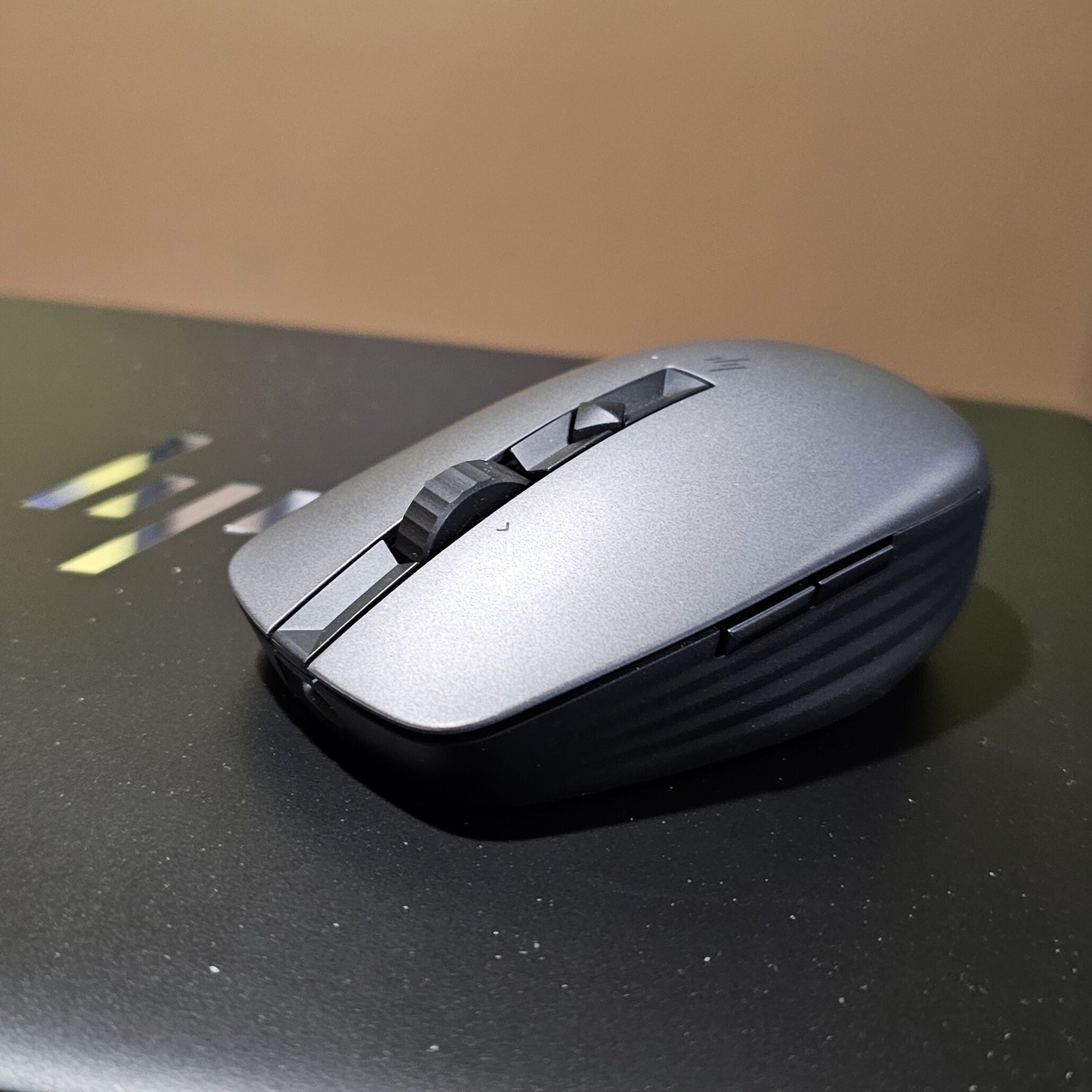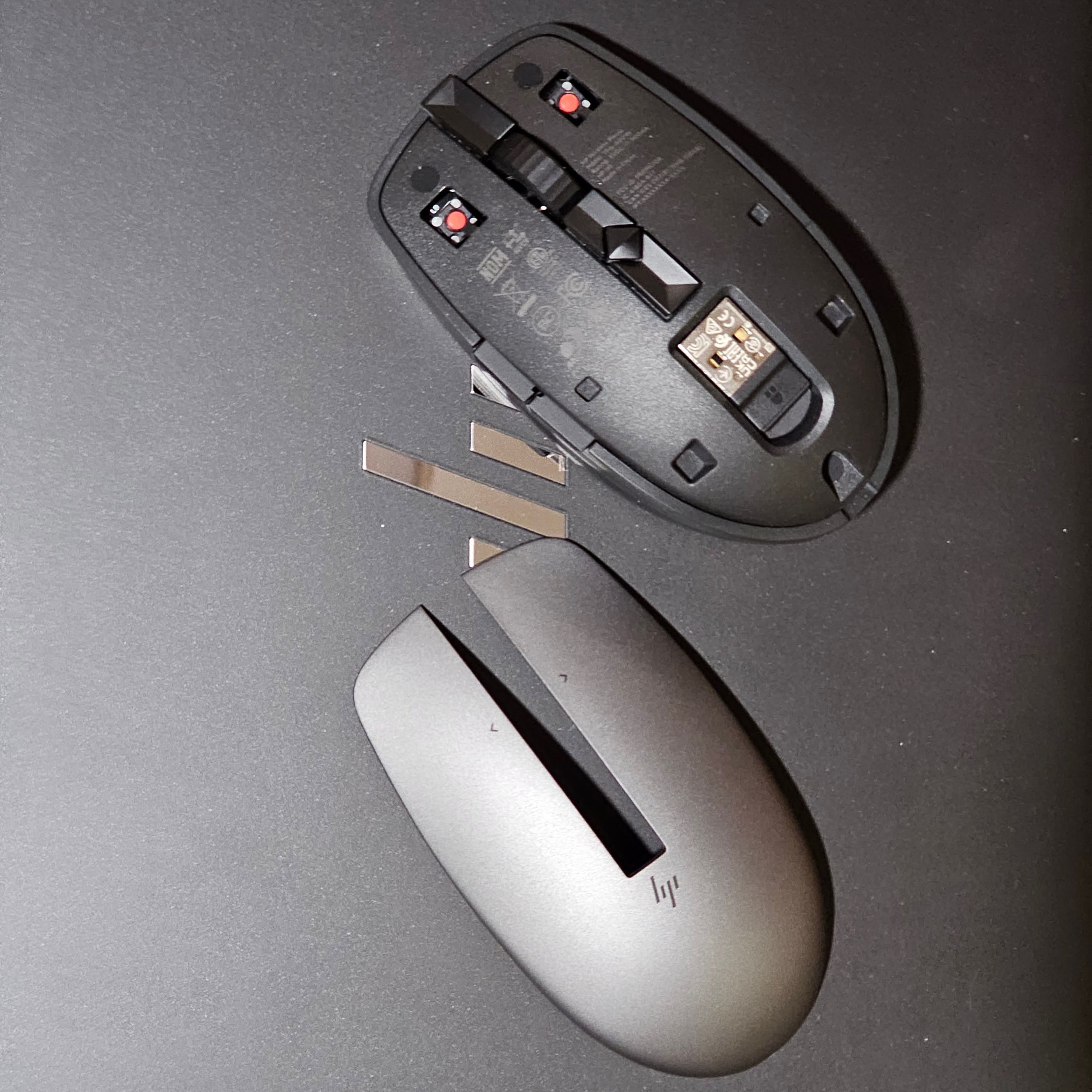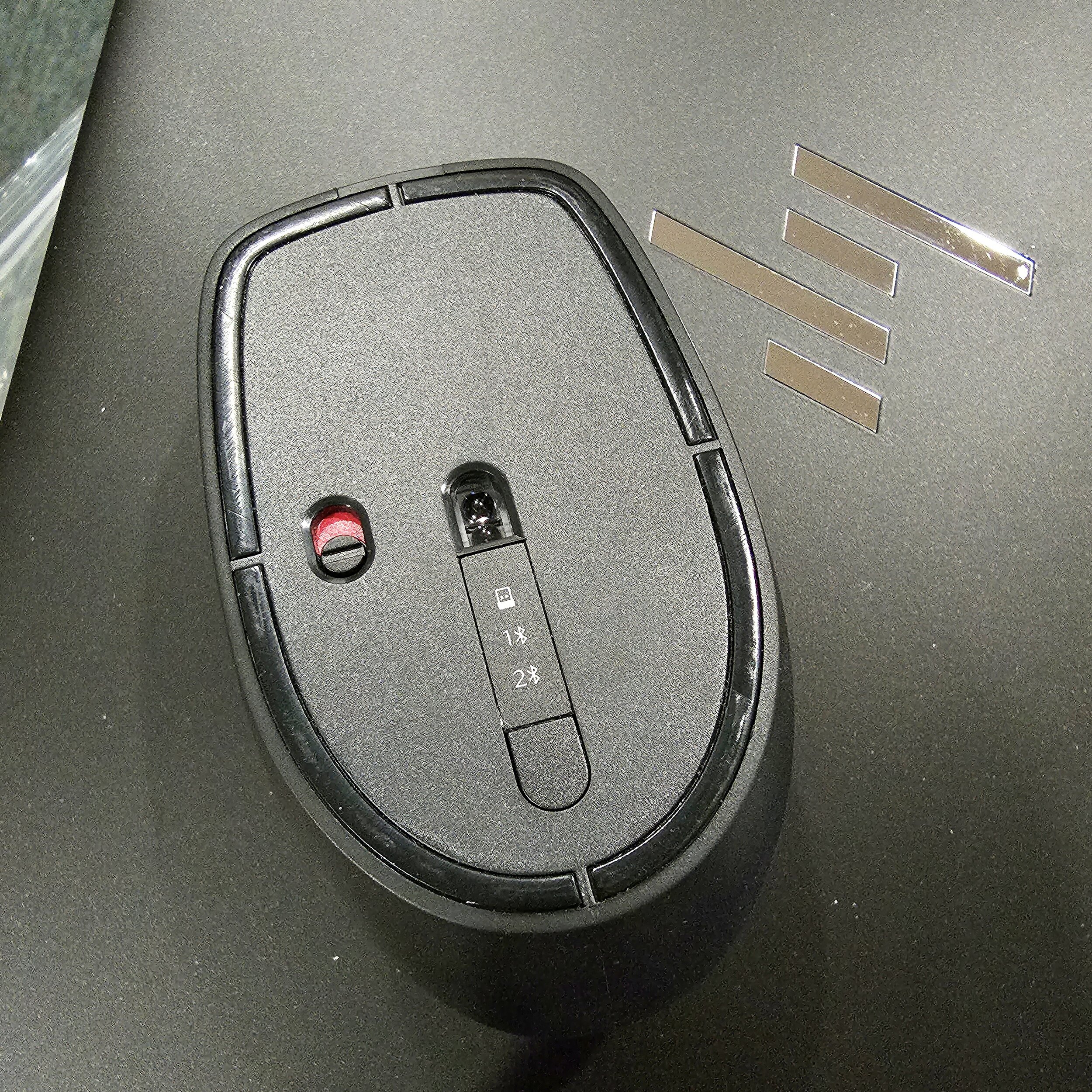Hybrid Work Hardware: HP 710 -- Does Anyone Need A Quieter Mouse?
This report is part of a new Techsponential series on hybrid work issues and tools.
We are now approaching three years since the Covid-19 pandemic first shut down most white-collar workplaces, and even if the world had returned to normal – and it hasn’t – product development cycles would still see new devices being launched today aimed at solving problems for remote and hybrid workers. “Hybrid work,” is a major talking point for HP’s improvements to its webcams, microphones, and AI noise reduction, but at CES it introduced a wireless mouse it claimed solved a major hybrid work pain point: loud clicks during meetings.
After testing the HP 710 Rechargeable Silent Mouse for several weeks, I can confidently say that the baseline claims HP is making – it’s really quiet – are accurate. However, this is more hybrid work marketing spin than a major problem: your keyboard, dog, or neighbor’s leaf blower are more likely to annoy coworkers on a Teams call than mouse clicks. That said, if you or your coworkers have sensory issues and noisy mouse clicks annoy you, this mouse is certainly an answer. Mouse clicks are close to inaudible, the sound they make is in lower, less “clicky” frequency, and the buttons are still nicely tactile – you’ll know you clicked on something even if it doesn’t sound like much.
The more salient feature of the HP 710 is not its volume, but its size. This is a travel mouse. Like Logitech’s MX Anywhere series, it trades a bit of size and single-handed ergonomics for portability.
While the physical dimensions are small, its feature list is long, helping to justify its $80 price point. The scroll wheel toggles between ratchet and free spin and tilts for side scrolling. HP includes track-on-glass capability (incredibly important in hotel rooms) and all the buttons you'd expect on a productivity mouse. An app, HP Accessory Center, lets you configure the buttons. While it can't handle macros or gaming customization, keeping the app simple was a good call by HP. I didn't actually need the app, preferring the default mappings. The HP 710 can connect to two separate Bluetooth devices (there's a button underneath that toggles between them) and an included 2.4GHz USB-A stub, which is magnetically stored inside the mouse so you have it if you need it. The included internal rechargeable battery lasts 90 days of use on a charge (I didn't use it long enough to test that claim), and the mouse is usable wirelessly while charging through its USB-C port. Finally, there is a power switch, ensuring that the mouse battery doesn’t drain when you toss it in the bag.
HP is making a big sustainability push, and the tissue paper that the mouse is wrapped in for sustainability made it feel like I was opening a handmade gift. The rest of the packaging is suitably premium while still being eco-friendly. (No word on what the glossy inks used on the box are made of.) The plastic casing for the mouse itself is largely recycled. Kudos.
My only gripe is that the HP 710 is sized like a travel mouse but does not come with a case. I searched for an appropriate sized case on HP and Amazon and couldn’t find one – the generic MX Anywhere case I purchased on Amazon wasn’t quite the right shape.
Conclusion
If hybrid work means, ‘work from anywhere,’ the HP 710 is an excellent hybrid work tool, as it’s a great travel mouse, though you’ll have to forgo a case. If hybrid work means, ‘reducing noise during remote video conferencing,’ the HP 710 certainly fits the description, but is too small for a main mouse unless you have small hands.
To discuss the implications of this report on your business, product, or investment strategies, contact Techsponential at avi@techsponential.com.








